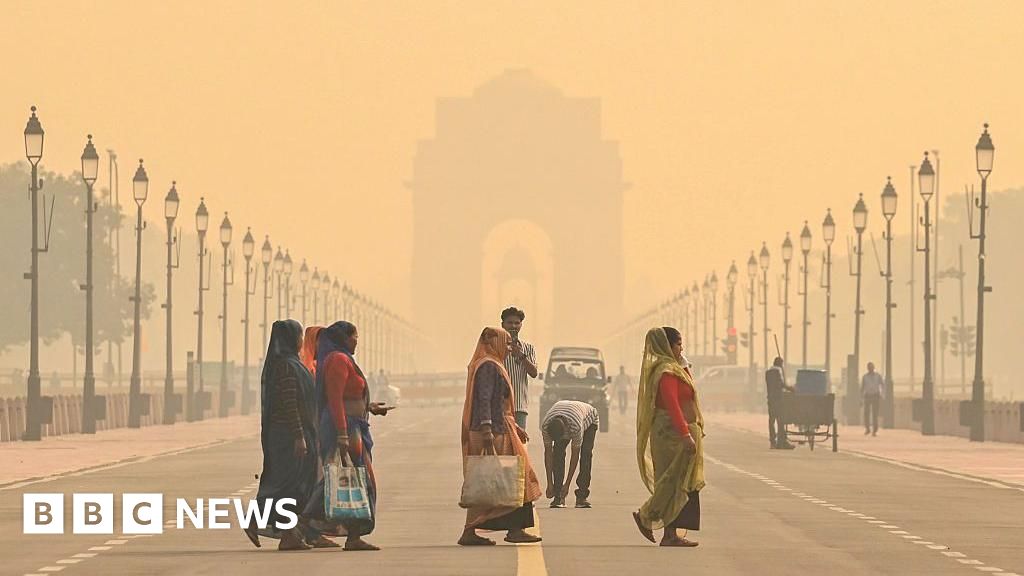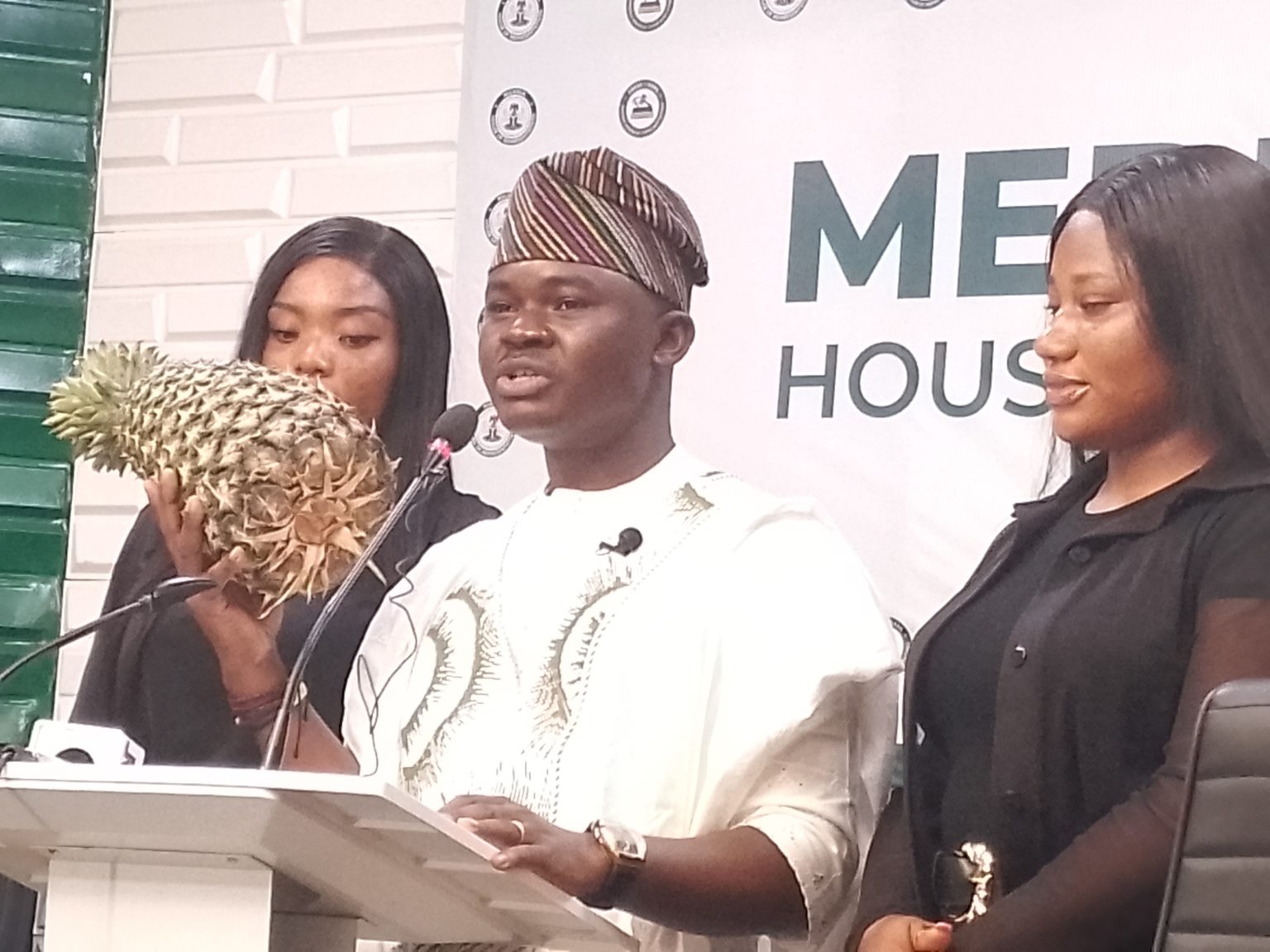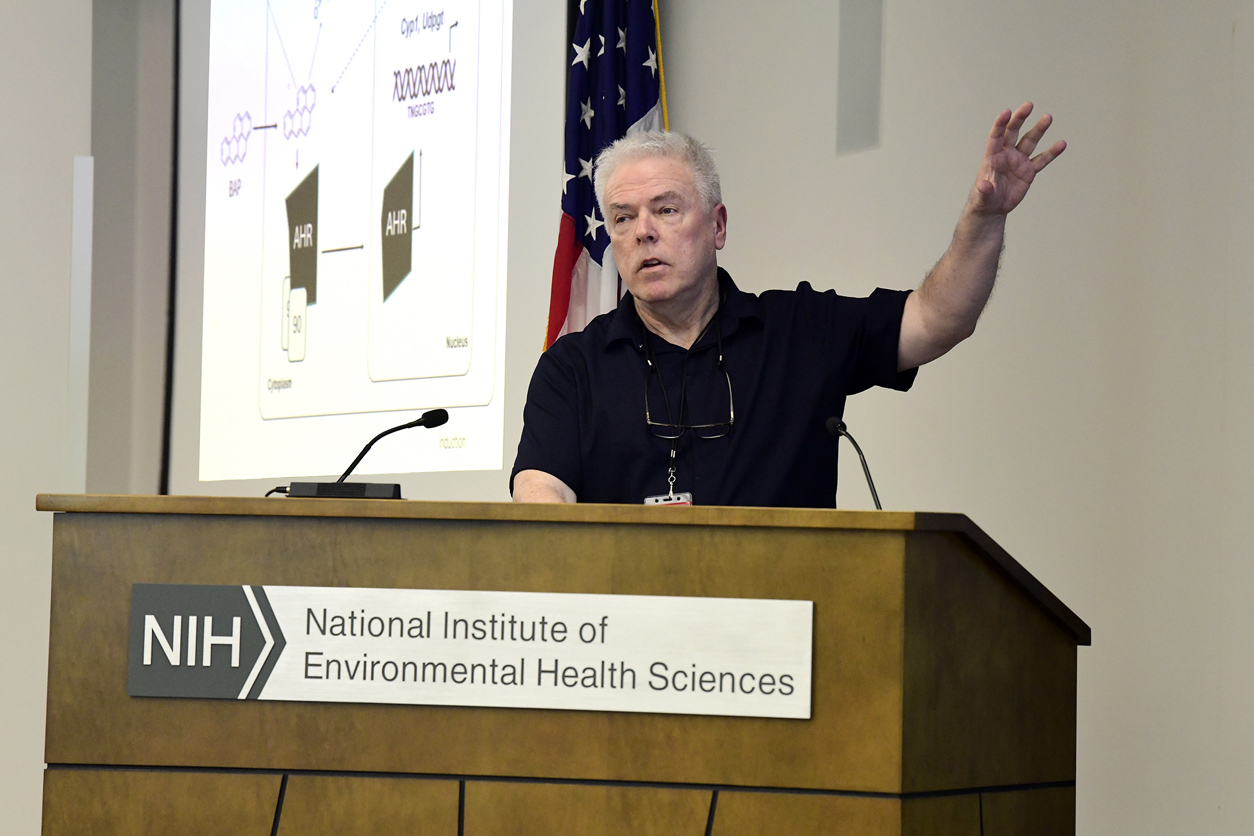Cloud seeding: Why Delhi’s artificial rain experiment to tackle toxic air failed – BBC

Report on Cloud Seeding Trial for Air Pollution Mitigation in Delhi
Introduction and Context
Authorities in Delhi conducted a cloud seeding trial as a measure to combat severe air pollution. This initiative directly addresses critical urban health and environmental challenges, aligning with the objectives of several Sustainable Development Goals (SDGs). For the past two weeks, the city’s Air Quality Index (AQI) has remained between 300 and 400, a level nearly 20 times the acceptable limit, posing a significant threat to public health and urban sustainability, undermining SDG 3 (Good Health and Well-being) and SDG 11 (Sustainable Cities and Communities).
The trial, a collaborative effort between the Indian Institute of Technology (IIT) Kanpur and the Delhi government, represents a significant partnership under SDG 17 (Partnerships for the Goals). It was the first indigenous attempt in 53 years to use this technology specifically for pollution control, highlighting a focus on SDG 9 (Industry, Innovation, and Infrastructure) to tackle environmental crises.
Methodology of the Trial
The cloud seeding process was executed with the objective of inducing precipitation to wash pollutants from the atmosphere. The key components of the methodology included:
- Aircraft Deployment: A Cessna aircraft was utilized for the operation.
- Seeding Agents: Fire flares containing silver iodide and sodium chloride were released into the atmosphere. These particles are intended to act as ice nuclei, accelerating the condensation of moisture to form rain.
- Target Area: The trial was conducted over several neighborhoods in the capital.
Results and Immediate Outcomes
The trial yielded mixed results and did not achieve its primary objective of inducing rainfall.
- Failure to Induce Precipitation: The attempt was declared “not completely successful” due to insufficient moisture content in the clouds, a critical prerequisite for the cloud seeding process to work effectively.
- Reduction in Particulate Matter: Despite the absence of rain, IIT Kanpur reported a measurable reduction in particulate matter. This outcome suggests that even under suboptimal conditions, the technique may have a limited positive impact on air quality, contributing to the immediate goals of SDG 3 and SDG 11.
Analysis and Long-Term Viability in Relation to SDGs
While the trial represents an innovative approach, experts have raised concerns regarding its long-term efficacy and sustainability as a solution for Delhi’s chronic pollution, impacting the broader achievement of the SDGs.
- Sustainability and Efficacy: The director of IIT Kanpur, Manindra Agarwal, stated that this cannot be a long-term fix. Climate and sustainability experts note the lack of empirical evidence on the extent to which cloud seeding can lower AQI and caution against the unknown effects of altering natural processes, a critical consideration for SDG 13 (Climate Action).
- Economic Feasibility: The strategy has been previously highlighted as expensive with low success rates, raising questions about its viability as a scalable and sustainable solution for urban air quality management under SDG 11.
- Global Precedents: International experiences with cloud seeding have been varied. While China reported success in managing weather for the Olympics, questions were raised about the technique’s role in the floods in Dubai, indicating potential unintended consequences that could conflict with sustainable development principles.
Future Outlook
Delhi’s Environment Minister, Manjinder Sirsa, has indicated that the trial is likely to be repeated in the coming weeks once atmospheric moisture levels increase. Future efforts will continue to test the viability of this technology as part of a broader strategy to ensure a healthy and sustainable urban environment for the citizens of Delhi, in line with the Sustainable Development Goals.
Analysis of Sustainable Development Goals in the Article
-
Which SDGs are addressed or connected to the issues highlighted in the article?
The article on Delhi’s cloud seeding trial to combat air pollution connects to several Sustainable Development Goals (SDGs) due to its focus on environmental health, urban living conditions, and technological innovation.
- SDG 3: Good Health and Well-being: The primary motivation for tackling air pollution is its severe impact on human health. The article explicitly mentions that the Air Quality Index (AQI) measures “fine particulate matter in the air that can clog lungs,” directly linking pollution to respiratory health issues.
- SDG 11: Sustainable Cities and Communities: The issue is centered in Delhi, a major urban area. The effort to manage the city’s “worsening air pollution” is a direct attempt to improve the environmental quality and sustainability of the city for its inhabitants.
- SDG 9: Industry, Innovation, and Infrastructure: The article details a scientific and technological solution being tested. The collaboration between the Indian Institute of Technology (IIT) Kanpur and the Delhi government to carry out a cloud seeding trial represents an investment in scientific research and innovation to address a critical infrastructure and environmental challenge.
- SDG 13: Climate Action: While the article’s focus is on pollution, not climate change, the two are often linked. The attempt to “alter natural processes” through cloud seeding touches upon weather modification and highlights the broader theme of human intervention in atmospheric systems to mitigate environmental crises.
-
What specific targets under those SDGs can be identified based on the article’s content?
Based on the issues discussed, the following specific SDG targets are relevant:
- Target 3.9: “By 2030, substantially reduce the number of deaths and illnesses from hazardous chemicals and air, water and soil pollution and contamination.” The entire effort described in the article is aimed at reducing the health risks posed by severe air pollution in Delhi, as highlighted by the AQI being “nearly 20 times the acceptable limit.”
- Target 11.6: “By 2030, reduce the adverse per capita environmental impact of cities, including by paying special attention to air quality…” The article is a case study of a city authority actively trying to manage and improve its air quality, which is a core component of this target.
- Target 9.5: “Enhance scientific research, upgrade the technological capabilities of industrial sectors in all countries… encouraging innovation…” The cloud seeding trial is described as the “first indigenous effort at cloud seeding to control pollution,” which is a clear example of enhancing national scientific research and applying innovative technology to solve a domestic problem.
-
Are there any indicators mentioned or implied in the article that can be used to measure progress towards the identified targets?
Yes, the article mentions and implies several indicators that can be used to measure progress:
- Indicator for Targets 3.9 and 11.6: The article explicitly names the key indicator used to measure air pollution: the Air Quality Index (AQI), which measures the level of PM 2.5 (fine particulate matter). The article provides a specific measurement, stating the AQI was “hovering between 300 and 400.” Furthermore, IIT Kanpur’s statement about a “measurable reduction in particulate matter” confirms that this is the primary metric for success.
- Indicator for Target 9.5: While not a formal quantitative indicator, the article implies progress by highlighting the execution of the trial itself. The “first indigenous effort at cloud seeding to control pollution” serves as a qualitative indicator of a country’s growing research and development capabilities and its investment in innovation to tackle environmental challenges.
-
SDGs, Targets, and Indicators Summary Table
SDGs Targets Indicators SDG 3: Good Health and Well-being 3.9: Substantially reduce deaths and illnesses from air, water, and soil pollution. Annual mean levels of fine particulate matter (PM 2.5) in the city, measured by the Air Quality Index (AQI). SDG 11: Sustainable Cities and Communities 11.6: Reduce the adverse per capita environmental impact of cities, paying special attention to air quality. The Air Quality Index (AQI) level in Delhi, which the article states was between 300 and 400. SDG 9: Industry, Innovation, and Infrastructure 9.5: Enhance scientific research and encourage innovation. The implementation of an “indigenous effort at cloud seeding,” representing an investment in national research and technological application.
Source: bbc.com
What is Your Reaction?
 Like
0
Like
0
 Dislike
0
Dislike
0
 Love
0
Love
0
 Funny
0
Funny
0
 Angry
0
Angry
0
 Sad
0
Sad
0
 Wow
0
Wow
0



















































.jpg.webp?itok=0ZsAnae9#)
























